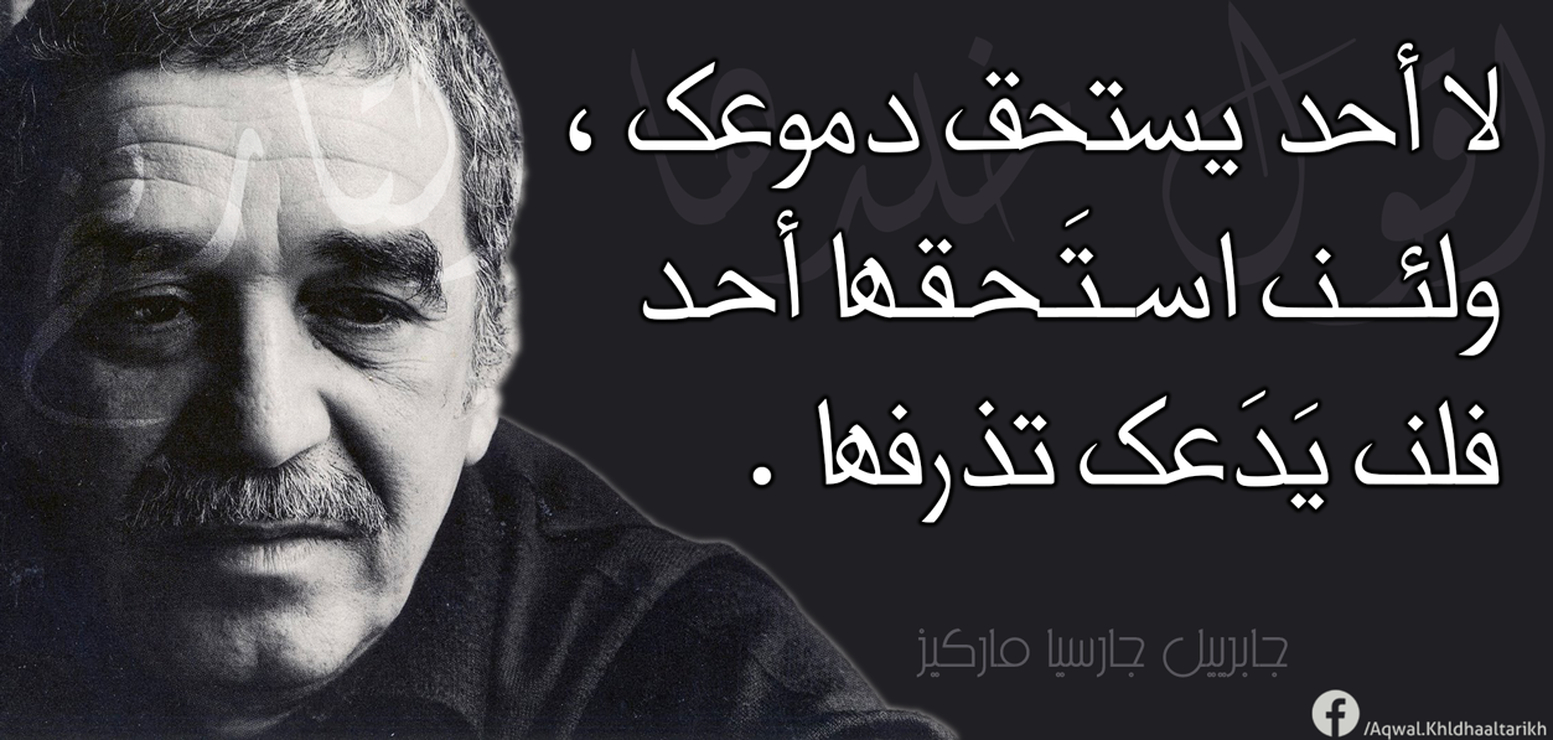
Further, the novel, medical humanists have argued, also enters into issues relating to aging, death, and dying that are relevant to physicians. In other words, according to these readings of Love in the Time of Cholera, stories about doctors make good reading for doctors. The doctor figure of Juvenal, according to scholars such as Anne Hudson Jones, “is a doctor, a man of science and progress, who offers medical readers a familiar perspective as they enter this fictional world” (1997, 4).


Health humanities scholars have argued that because one of the novel’s main characters, Juvenal Urbino, is a doctor, Love in the Time of Cholera not only provides practitioners and medical students with an entry point into the text but also valuable insights about good medical practice (Jones 1997 Clarfield 2007 Toledo-Pereyra 2008). Set in an unnamed Latin American nation (most likely Colombia) on the Caribbean Coast, the novel also examines one’s relationship to space and place as well as the deceptive nature of nostalgia. Spanning a fifty-year period between the late-nineteenth and mid-twentieth centuries, the novel explores themes including love, death, and aging.

Told in free indirect discourse, the story, organized through a series of flashbacks presented in non-linear fashion, follows the lives of Fermina and Florentino from their initial childish infatuations, through their separation, to their eventual reconciliation in old age. First published in Spanish in 1985 (with an English translation 1 by Edith Grossman in 1988), the novel tells the story of a love triangle between Fermina Daza, Juvenal Urbino (Fermina’s husband), and Florentino Ariza (a man obsessed with Fermina).

García Márquez’s Love in the Time of Cholera is a darling of medical school humanities training.


 0 kommentar(er)
0 kommentar(er)
